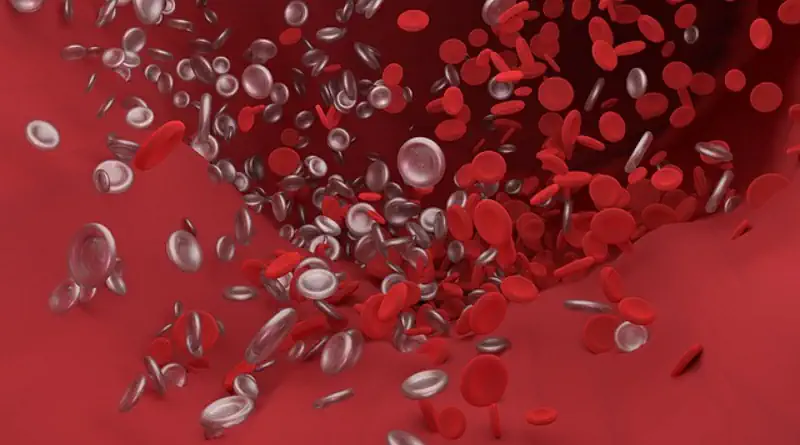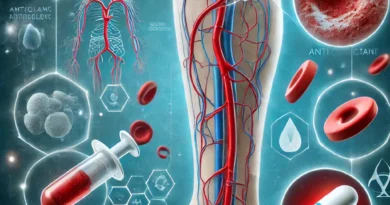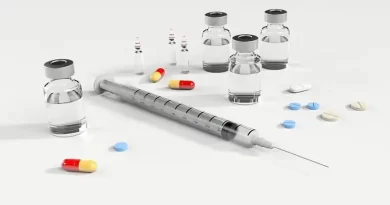Clotting Despite Anticoagulation
Clotting despite anticoagulation is uncommon, but when it occurs, a systematic approach to diagnosis and management can be helpful. The goal is to identify and correct the cause and to offer correct anticoagulation. Because there is a limited set of possible causes, the evaluation of anticoagulation failure can be simple.
The following table summarizes the main differential diagnosis, and the paragraphs below expand:
| Cause | Description | Diagnostic Approach |
|---|---|---|
| Poor Compliance | Missed doses are frequent and must be explicitly excluded | Drug assay (INR, anti-Xa, TT), interview |
| Subtherapeutic Levels | Variable response—especially to warfarin (low TTR) and DOAC in renal dysfunction, obesity, etc. | Drug-level measurement, chart review |
| Malignancy | Cancer is a potent risk—even with therapeutic anticoagulation | Cancer history, imaging, RIETE registry |
| Antiphospholipid Syndrome | DOAC failure is well-documented; warfarin is preferred | Antibody panel, clinical history |
| Heparin-Induced Thrombocytopenia (HIT) | Continued heparin triggers major thrombosis—high suspicion in appropriate setting | Platelet count, PF4 antibody, serotonin release assay |
| Severe Inflammatory Disease | Systemic inflammation may overwhelm anticoagulant effect | Clinical context, inflammatory markers |
Confirm Clotting Despite Anticoagulation
Sometimes, the medical team may suspect that a patient developed a clot, when actually anticoagulation failure did not occur. This typically happens when a patient has a remote clotting history (known or unknown to the team) and new imaging shows remnants of that old clot. Then, the challenge is to understand if the clot is new or not.
To do this, first you need to understand if the patient’s symptoms align with a new clot. Specifically, think about alternative causes for their symptoms. For example, there is more than one reason for leg swelling or shortness of breath (when suspecting deep vein thrombosis or pulmonary embolism). Similarly, there is more than one reason for neurological events (if the suspicion is for undertreated atrial fibrillation).
Naturally, if the patient has an obvious acute event, such as acute limb or digital ischemia, then there is not question really. But even then, careful scrutiny is paramount. For example, it is not always easy to decide if a renal infarction is new or not.
One important thing to do is to compare new imaging to old imaging whenever possible. You need to actually look at the images, because the reports will often not be accurate enough. This is true for both duplex ultrasonography and for axial imaging. If the clot is in the exact same place as before, unless it is more extensive, it will usually be chronic.
Testing for d-dimer is also crucial. A low/normal d-dimer strongly discourages a diagnosis of a new thrombotic event.
Causes of Clotting Despite Anticoagulation
As I wrote, there is a limited number of reasons for a patient to have a clotting despite taking anticoagulation:
Low Compliance
The most common cause of anticoagulation failure is when the patient is not taking their medication. While many patients will not admit to this, forgetting a dose (or few) or just low compliance are common. If you suspect that a patient is non-compliant (or variably compliant), you could test for drug effects. With Warfarin, you will test the INR. With DOAC, you will test depending on the medication. If the patient is taking rivaroxaban or apixaban, you will test for drug specific antiXa activity or drug levels. And if a patient is taking dabigatran you will test for the thrombin time (TT). The thrombin time increases as the dabigatran dose increases. Notably, DOAC drug activity and levels are not always available, and interpretation requires expertise.
Insufficient Therapeutic Range
Standard medication dosing, while appropriate for most, will not be ideal for all patients. Thus, some patients receiving standard medication doses (unfractionated heparin, low molecular weight heparin or DOAC) may have a lower than desired drug activity in their body. In other cases, the medical team may opt to offer lower-than recommended medication doses. For instance, for patients with multiple comorbidities. Finally, drug malabsorption may result in lower than indicated serum drug levels. All these instances will expose patients to increased clotting risk. Confirming medication dose and when available medication effect (e.g., PTT or antiXa) will help make the diagnosis.
A problem most specific for Warfarin is low time in therapeutic range. Obviously, there are many factors that affect Warfarin activity in the body. Examples include medications and dietary changes. Most patients are within their desired therapeutic INR range far less than 100% of the time. Reduced INR will expose patients to recurrent clotting risk. Reviewing a patient’s history of INR test results will help make the diagnosis.
Malignancy
The connection between cancer and blood clots is well known. Many cancers are strong procoagulants. The cancer can be occult or known. It can be localized or metastatic. Sometimes, clotting is the harbinger of a cancer diagnosis. But often, the cancer is already known clotting will occur as part of the disease process. There are data, such as from the RIETE registry, that a large proportion of cancer patients will have a clot within 12 and 24 months of their diagnosis.
With known cancer, a thrombotic event (venous or arterial clot) may just happen because cancer hypercoagulability is too much for safe anticoagulation to combat.
Antiphospholipid Antibodies
Testing for antiphospholipid antibodies should be almost automatic if true anticoagulation failure occurred. Of course, a one-time positive result during an acute event is not enough for the antiphospholipid antibody syndrome. But, even one truly positive test may denote a significantly increased clotting risk.
Patients with true antiphospholipid antibody syndrome who receive DOAC may develop clots, because they are actually not receiving the correct anticoagulant for their condition. This is most common in “triple positive” antiphospholipid antibody syndrome.
Heparin Induced Thrombocytopenia Thrombosis
Patients who receive heparin may develop anti-PF4 antibodies which may result in a reduced platelet count and in a hypercoagulable state. If the patient continues to receive heparin, the procoagulant state will continue. Sometimes, heparin induced thrombocytopenia (HIT) causes very significant arterial and venous thrombosis.
Severe Inflammatory Disease
The presence of severe inflammation can overwhelm the anticoagulation effect of medication. Examples may include inflammatory conditions (such as a rheumatological disease) or infections (such as sepsis).
Management of Clotting Despite Anticoagulation
The first step in managing anticoagulation failure is to correct the underlying cause when possible. Each condition outlined above will have its own solution.
But there will be patients in whom the underlying cause for anticoagulation failure remains undiagnosed or in whom we cannot reverse the cause (e.g., metastatic cancer). In these patients we have very few options:
- Switch to a different agent. For instance, if a patient is receiving Warfarin, perhaps they need to receive low-molecular weight heparin or fondaparinux for a period of time at least.
- Increase medication dose. There are recommendations out there specific to low molecular weight heparin, to target the upper range of antiXa.
Of note, sometimes these solutions will not be feasible. For instance, a patient with a tendency to bleed will not tolerate a higher than normal antiXa. Often, the best solution will come from a team-based approach. Patients should also be involved in decision making when possible.
Final word – We published another article on anticoagulation failure. You may learn more by reading both articles.



